Many pest "hot spots"
According to the Southern Center for Crop Production and Plant Protection, many pests are at risk of widespread outbreaks in the 2025 autumn-winter crop in the Mekong Delta, such as rice blast, bacterial diseases such as leaf blight, leaf rust, and leaf rollers.

Many pests are at risk of widespread outbreaks in the 2025 autumn-winter rice crop in the Mekong Delta. Photo: Minh Sang.
Up to this point, the entire Mekong Delta has recorded more than 12,200 hectares of rice affected by blast, over 7,000 hectares of leaf edges burned at a rate of 15 - 30%, concentrated in Can Tho, Vinh Long, An Giang , Tay Ninh. This development shows the risk of yield loss if not controlled promptly.
In Tieu Can commune ( Vinh Long ), Mr. Thach Phi Rum said that his rice field was once severely affected by leaf blight, especially after erratic rains and sunshine that caused the leaves to burn yellow and the rice plants to fall over. "Thanks to the technical staff's guidance on spraying a special medicine to treat leaf blight, after only a few days the rice turned green again, with significantly less disease. Seeing the effectiveness, the people around also followed suit, and all saw good results," Mr. Rum shared.
Similarly, Mr. Thach Then, who cultivates the adjacent field, said that his rice has been grown for 55 days now and had severe blast and leaf blight, but after timely spraying, only 3 to 4 days later the rice leaves stood up and turned green, and the disease did not spread. "Last season, my field also had severe leaf blight, but thanks to timely spraying, the right medicine, and the right technique according to the instructions, the disease stopped completely and the yield did not decrease," Mr. Then said happily.
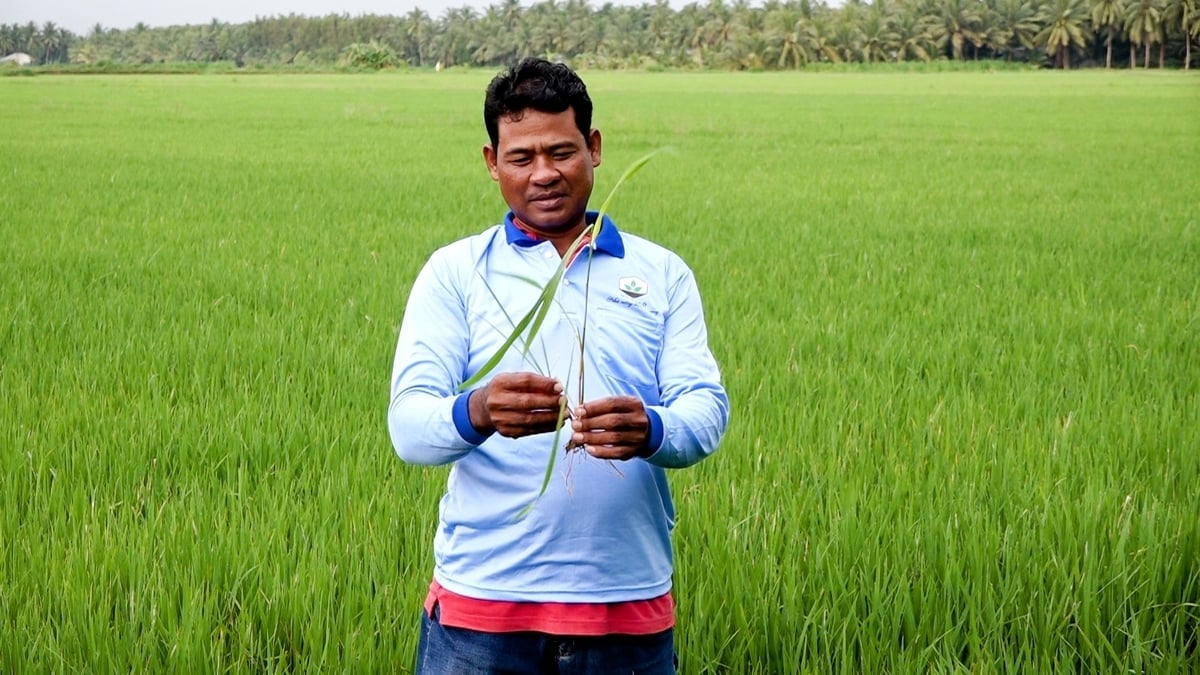
This year's autumn-winter crop had unfavorable weather conditions, with consecutive unseasonal rains causing prolonged flooding, making rice care difficult. Photo: Minh Sang.
According to local farmers, this year’s autumn-winter crop has had unfavorable weather conditions, with consecutive unseasonal rains causing prolonged flooding, making rice care difficult. The earing stage is considered the “gateway” that determines yield, because at this time the earing leaves are the most important “photosynthesis factory”, and if attacked by pests, yield will decline even when the weather becomes favorable again.
Rice blast disease is still the top concern of farmers, the fungus spreads through the wind, exists on secondary hosts such as weeds, field edges and straw. Therefore, clearing grass and straw after harvest, improving the soil, adjusting sowing density and increasing light in rice fields are important measures to cut off the source of the disease. Farmers are advised to spray the entire field when detecting the first blast clusters, avoid spraying locally because the fungus spreads very quickly.
Meanwhile, leaf blight and bacterial leaf blight often break out in flooded fields, high humidity or excess nitrogen. When the disease is detected, the water should be drained from the field, and 2 to 3 days after spraying, the water should be brought back into the field at a level of 3 - 5cm to avoid drought. In addition, nitrogen fertilizer should be reduced and potassium should be increased to help the plant become stronger and healthier, increasing natural resistance.
Faced with increasingly complex pest pressure, many businesses in the plant protection industry have proactively coordinated with professional agencies to support farmers.

Rice blast disease is still a top concern for farmers. Photo: Minh Sang.
Mr. Thach Thai Binh , a technical officer of Vietnam Pesticide Joint Stock Company (Vipesco), said that through the construction of demonstration models of the new product Batista 33.5SC with organic copper base, it has been shown to have the effect of penetrating quickly, strong circulation, effectively preventing bacterial diseases, especially rice leaf blight, so people in the Mekong Delta trust and appreciate it. Vipesco has also coordinated with localities to organize training and provide instructions on safe use, helping farmers apply the correct techniques and reduce prevention costs.
Prevention is key, treatment is timely.
Mr. Le Van Chan, Deputy Head of the Department of Cultivation and Plant Protection of Dong Thap province, said that rice blast disease is spreading rapidly, especially at the tillering to heading stage. “This year, the weather is alternating between sunshine and rain, with high humidity, creating ideal conditions for fungi and bacteria to grow. Farmers need to pay attention to managing pests such as rice blast, leaf rollers, stem borers, and onion midges,” Mr. Chan advised.
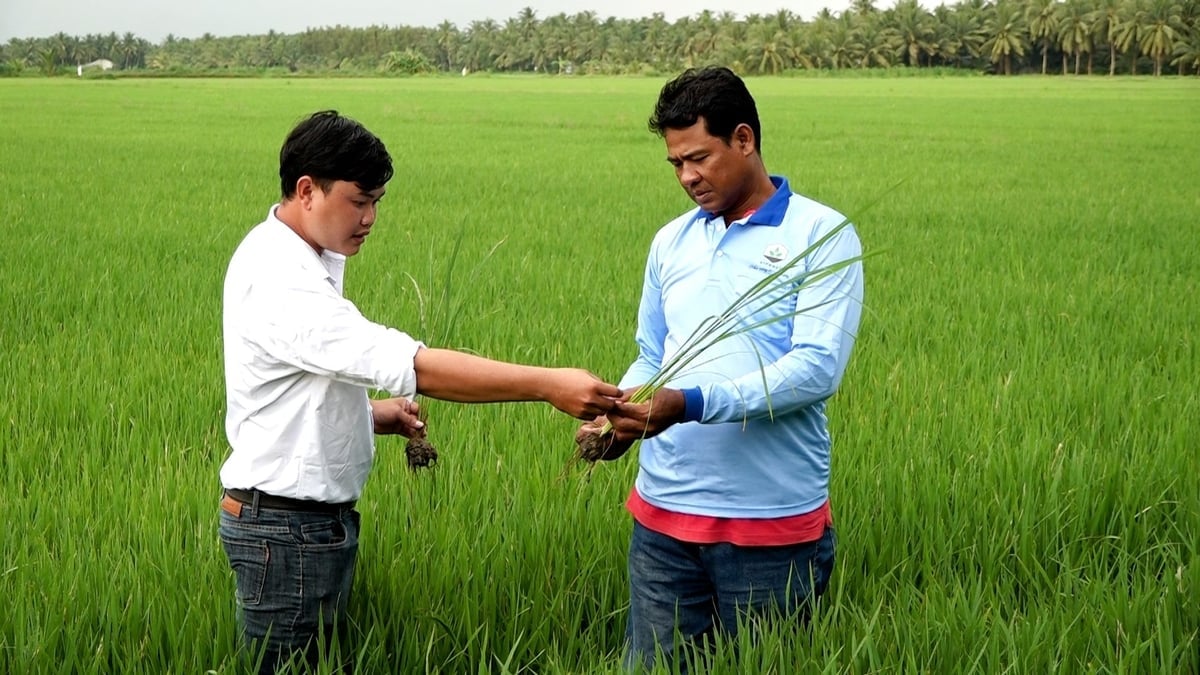
Faced with increasingly complex pest pressure, many businesses in the plant protection industry have proactively coordinated with professional agencies to support farmers. Photo: Minh Sang.
The Department of Crop Production and Plant Protection of Dong Thap province recommends that farmers stop fertilizing as soon as they detect the disease, spray pesticides according to instructions and visit the fields regularly. At the same time, specialized agencies need to increase propaganda and training to help farmers identify early and effectively handle pests.
In Tay Ninh, the Department of Agriculture and Environment of this province is also closely monitoring the weather, hydrology and pests. Ms. Dinh Thi Phuong Khanh, Deputy Director of the Department of Agriculture and Environment of Tay Ninh said: "From the beginning of the season, we have directed localities to comply with the crop calendar, transfer technology, and regularly visit fields to detect and promptly handle pests, especially rice blast and leaf blight."
The autumn-winter crop is short but plays a strategic role in the production structure of the entire Mekong Delta. If pests are not well controlled, the loss of productivity and costs will be huge.

Some common diseases that damage rice include brown spot, blast... Photo: Minh Sang.
Experts recommend that, in the context of climate change, pest management should be based on the principle of "prevention is the key, timely treatment", combining synchronous technical measures such as balanced fertilization, reducing nitrogen, increasing potassium to increase resistance for rice plants. Regulate water properly, avoid prolonged flooding or sudden drought. Clear weeds, straw, and secondary hosts after each harvest. Visit fields regularly, detect pests early and spray at the right time. Protect the 3 flag leaves intact until harvest to ensure yield and quality of rice grains.
According to the Ministry of Agriculture and Environment, by the end of October 2025, the whole country had cultivated 7.1 million hectares of rice, down 0.3% over the same period last year. In the southern region alone, the rice area reached more than 4.1 million hectares, with an estimated output of about 26.1 million tons, up 183,000 tons over the same period. To maintain growth momentum, localities must ensure a successful autumn-winter crop, not only in terms of productivity but also in quality and economic efficiency.
This year’s autumn-winter rice crop is a test of the ability to adapt to climate change. When pests appear early, material prices increase, and management costs are high, the problem is not only what pesticides to spray but also how to change production thinking from traditional farming to controlled, high-value and sustainable agriculture.

In the context of climate change, pest management needs to be based on the principle of "prevention is key, timely treatment". Photo: Minh Sang.
From the challenges of the autumn-winter rice crop, the lesson learned is to be proactive and connected. Specifically, farmers, cooperatives, businesses and specialized sectors must work closely together to respond. Only with good pest control, effective field management, and safe production can the Mekong Delta's agriculture maintain its role as the country's rice granary, moving towards green, modern and sustainable agriculture...
Deputy Minister of Agriculture and Environment Hoang Trung requested that units under the Ministry closely follow the developments in the fields, strengthen forecasting, protect autumn-winter and summer-autumn crop production, and prepare a winter-spring crop production plan for 2025-2026 in accordance with the situation of water resources, drought, and salinity. Enterprises accompany farmers to increase production and consumption links, invest in sustainable value chains, towards safe agriculture, and adapt to climate change.
Source: https://nongnghiepmoitruong.vn/vu-thu-dong-truoc-thu-thach-dich-hai-va-thoi-tiet-cuc-doan-d783650.html





![[Photo] General Secretary To Lam and National Assembly Chairman Tran Thanh Man attend the 80th Anniversary of the Traditional Day of the Vietnamese Inspection Sector](https://vphoto.vietnam.vn/thumb/1200x675/vietnam/resource/IMAGE/2025/11/17/1763356362984_a2-bnd-7940-3561-jpg.webp)



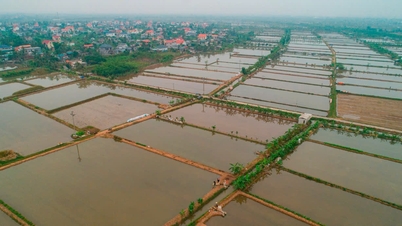

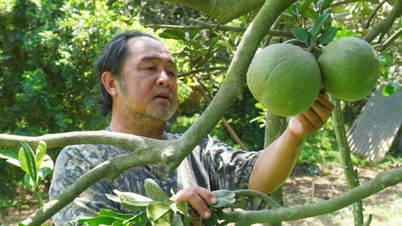







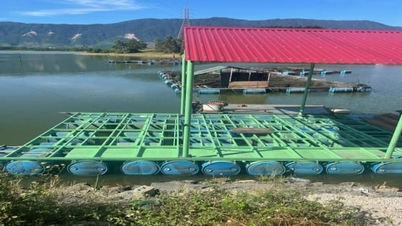
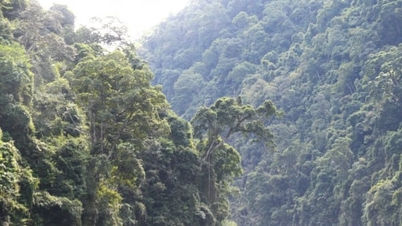






![35 years of building a high-quality cattle herd: [Last article] Continuing achievements](https://vphoto.vietnam.vn/thumb/402x226/vietnam/resource/IMAGE/2025/11/18/1763418782764_5239-anh-gia-trai-bo-o-ca-1-1-nongnghiep-175228.jpeg)
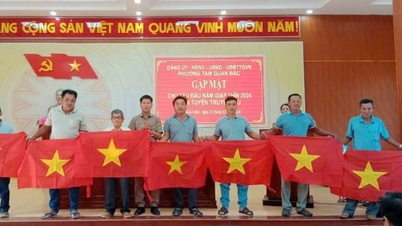
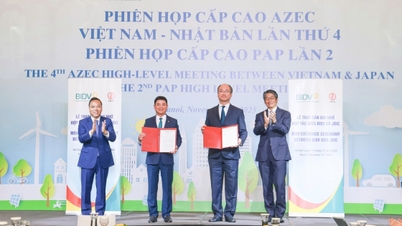
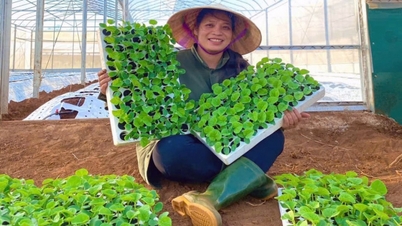





















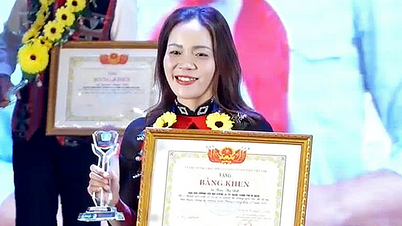





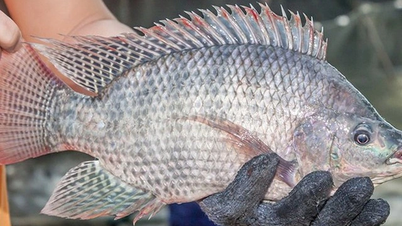



























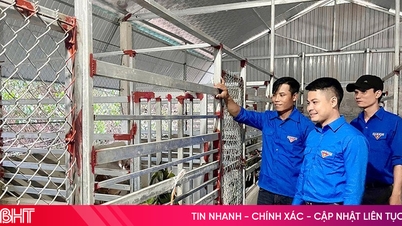

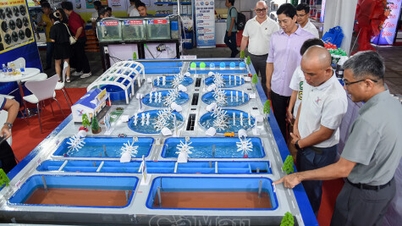



















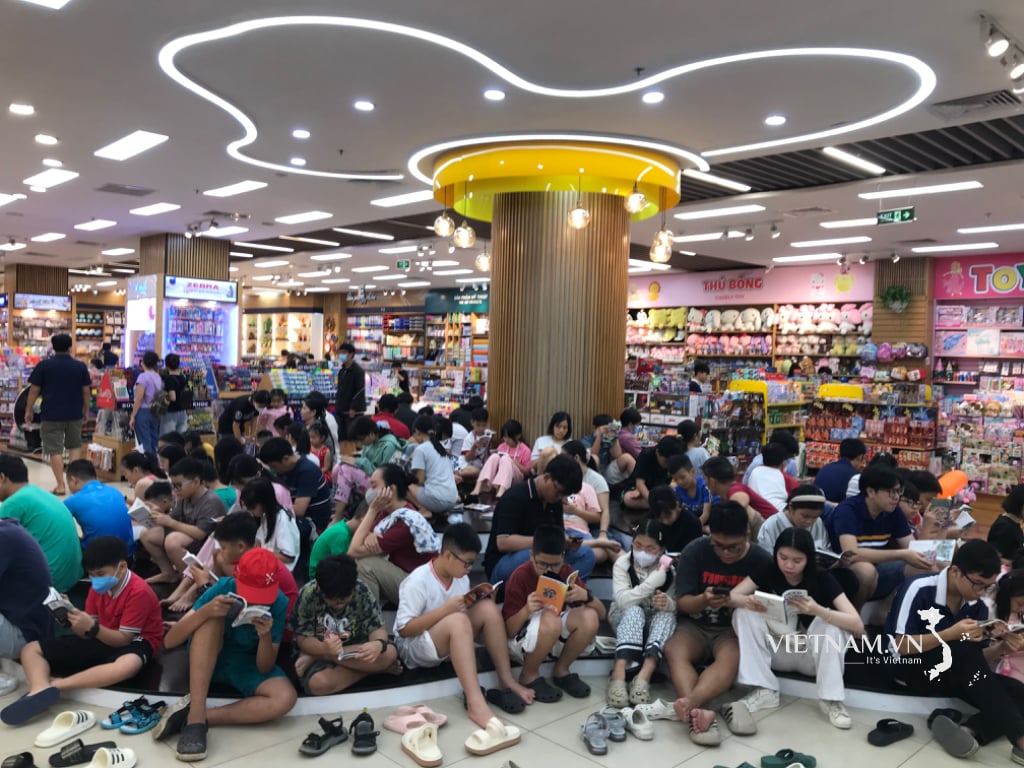

Comment (0)